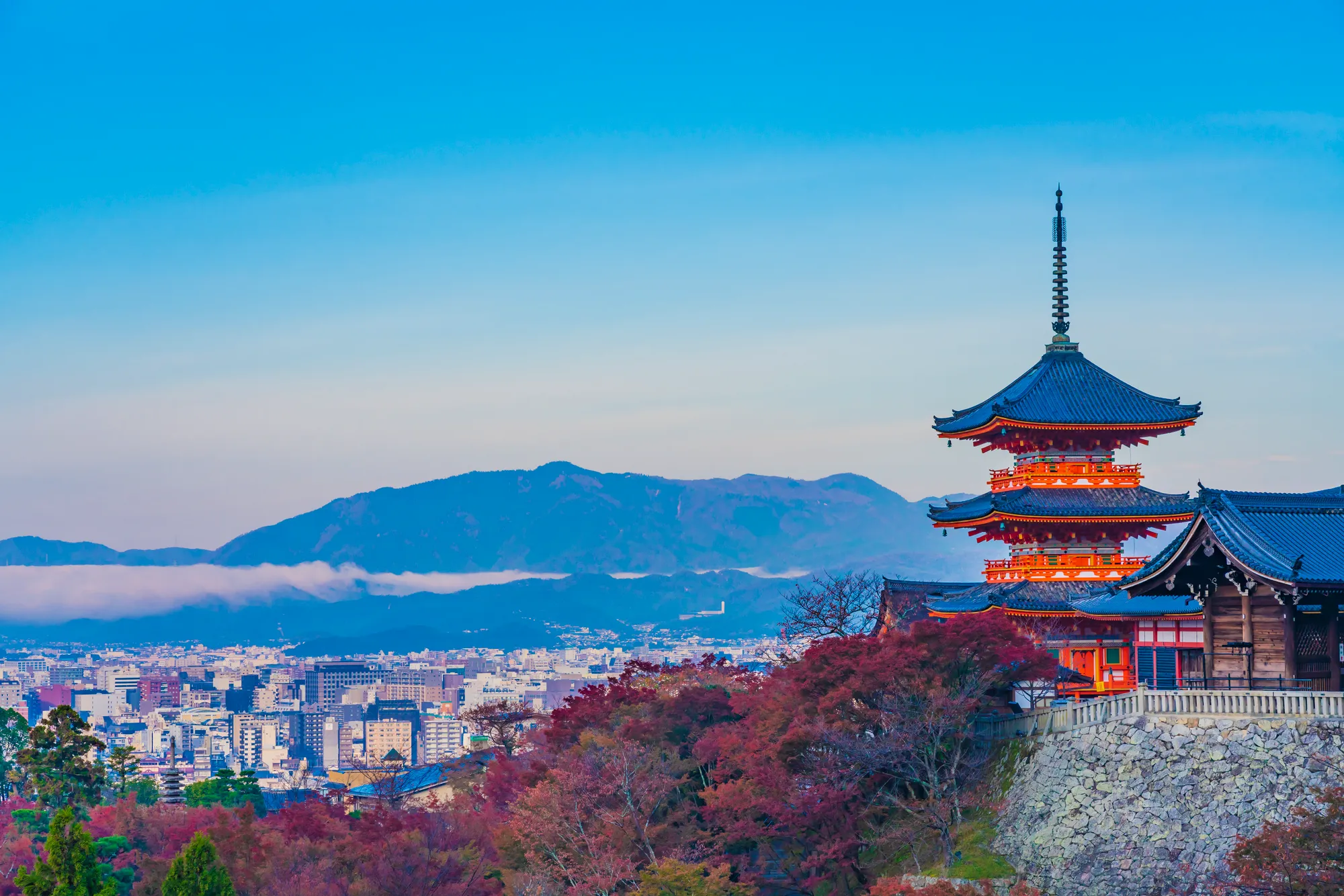
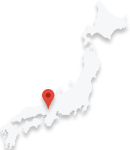
The best Onsen in Kyoto 2024
Kyoto Prefecture, located on the island of Honshu in the Japan archipelago, has a long history and still has valuable buildings that attract many tourists from Japan and abroad.
The capital before the Meiji Restoration, which triggered the change of government, was Kyoto, and it has been the stage of a long history. In Kyoto Prefecture, there are 17 cultural properties registered as World Cultural Heritage sites, such as Kiyomizu-dera Temple and Nijo Castle, which shows the depth of their history.
When sightseeing in Kyoto, it is essential to experience the traditional culture of Japan. In Kyoto, Japan's fascinating culture such as tea ceremony, flower arrangement, and Kyoto cuisine has been passed down since ancient times.When you visit Kyoto, you will be able to enjoy the beautiful scenery, historical buildings, and traditional culture to your heart's content.
In addition, there are many Onsens in Kyoto, and one of the attractions is that you can heal the fatigue of traveling.
A wide variety of Onsen facilities are located throughout Kyoto, and they are popular with tourists who visit. It can be said that visiting Onsens along with the famous sights of the ancient capital of Kyoto is the real pleasure of sightseeing in Kyoto.
In addition, Kyoto is located in the center of the Japan archipelago, so it has excellent accessibility.
Kyoto Prefecture has a well-developed public transportation system, making it a convenient city for tourists. In addition, Kansai International Airport is about 2 hours away from Kyoto, and there are plenty of means of transportation both in Japan and overseas.
In this way, Kyoto Prefecture is a beautiful and attractive city where you can fully enjoy Japan culture with good access.
Get to know Kyoto
Access
Kyoto Prefecture is located on the island of Honshu, close to the center of the Japan archipelago, and is easily accessible from various directions.
First of all, there are Kansai International Airport and Itami Airport (Osaka International Airport) nearby, making it possible to access smoothly both domestically and internationally. In addition to airplanes, you can easily access Kyoto by using trains and buses from various places.
Even in Kyoto Prefecture, public transportation is well developed, so there is no problem with transportation. When you arrive at your destination, you can also rent a bicycle and explore the sights in comfort.
As you can see, Kyoto Prefecture is a very convenient city for tourists because of its well-developed access from various places and public transportation.
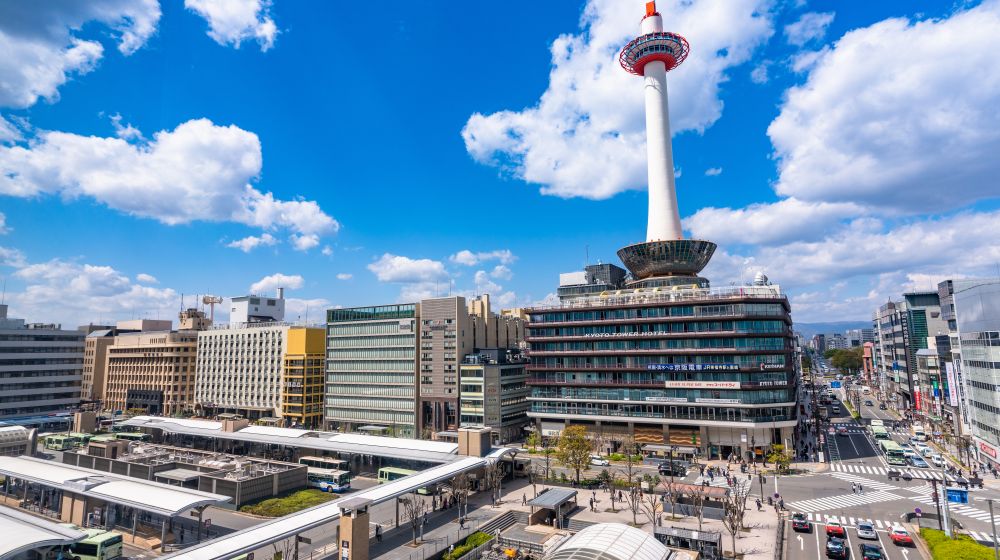
From Tokyo
< Shinkansen >
Tokyo Station (Tokaido/Sanyo Shinkansen) → Kyoto Station (about 2 hours 20 minutes)
< Airplanes and Trains>
Tokyo Station →Haneda Airport→ Kansai International Airport→ Kansai Airport Station→ Kyoto Station (about 3 hours 30 minutes)
From Nagoya
< Shinkansen >
Nagoya Station (Tokaido/Sanyo Shinkansen) → Kyoto Station (about 35 minutes)
< Bus >
Nagoya Station→ Nagoya Station Taiko-dori Exit (Bus), →Kyoto Station Central Exit→ Kyoto Station (about 2 hours 30 minutes)
From Osaka
< Shinkansen >
Shin-Osaka Station (Tokaido/Sanyo Shinkansen) → Kyoto Station (about 13 minutes)
< train and bus >
Osaka Station→ Osaka Umeda Station→ Hotaruike Station→ Osaka Airport Station→ Osaka Itami Airport→ Kyoto Station Hachijo Exit (about 1 hour 20 minutes)
History
Kyoto has a very long history, and it was a city that flourished for more than 1,000 years until the new capital was changed to Tokyo in the Meiji Restoration.
In 794 AD, Kyoto became the capital of Japan as "Heian Kyo" and has left a lot of historical heritage to this day.
In addition, as mentioned at the beginning of this article, there are many historical buildings in Kyoto, and there are 17 shrines and temples registered as World Cultural Heritage Sites. Among them, Kiyomizu-dera Temple and Kinkaku-ji Temple are very popular, and their beautiful Japan architecture continues to attract many tourists.
Kyoto Prefecture has many historical tourist attractions, but the culture of Onsens has also been popular since ancient times.
There is also a historic Onsen resort in Kyoto, and it is also attractive to be able to refresh yourself after sightseeing. Some of the Onsens have an interesting episode in which the source was discovered after re-excavation based on old records that warlords of the Warring States period visited to heal their wounds.
In addition, you can also enjoy Onsens that have gushed out in modern times, such as Onsens that you can enter while looking at "Amanohashidate", which was selected as one of the three views of Japan.
In this way, it can be said that the Onsens of Kyoto Prefecture have healed the fatigue of visitors and have been loved with a deep history.
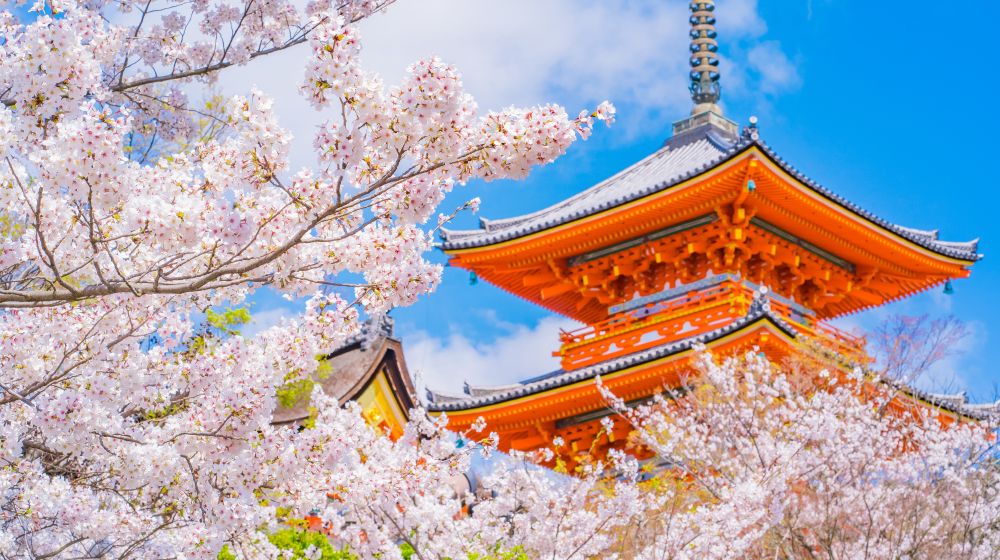
Onsen areas
Yuhigaura Onsen
Yuhigaura Onsen is located in Kyotango City, Kyoto Prefecture, and is known as a Onsen town where you can see beautiful sunsets. There are more than 30 hotels and inns around the seaside, and you can easily enjoy Yuhigaura Onsen.
Yuhigaura has been selected as one of the "100 Best Sunsets in Japan", and the view of the sunset on the horizon is very beautiful and fantastic.
The quality of the Onsen at Yuhigaura Onsen is hypotonic, weakly alkaline, and it is called "beautiful Onsen" because it is gentle on the skin and smooth. The main effects are wide-ranging, such as fatigue recovery, neuralgia, and rheumatic diseases, and are also effective for beauty.
There is also Kitsu Onsen in Yuhigaura, which is known as the oldest Onsen in Kyoto Prefecture. There is a tradition that Kitsu Onsen was discovered in the Nara period, and it is also called "Shirasagi no Yu" because the egret (shirasagi) healed the wounds.
The quality of the spring is an alkaline simple Onsen, and the effects are wide-ranging, such as neuralgia, joint pain, muscle pain, and fatigue recovery, and have healed people's fatigue since ancient times. The source of the Onsen is close to lukewarm water in the 35°C range, and the Onsen is characterized by a relaxing soaking with a smooth touch.
Yuhigaura has many attractions besides Onsens.
There is a sandy beach in front of the Onsen town, where you can enjoy swimming, as well as activities such as SUP (Stand-Up-Paddleboard) and cycling.
In addition, you can enjoy fresh seafood caught in the Sea of Japan at Yuhigaura, and you can also enjoy shopping at the morning market and fishing port. The famous opilio crab is especially popular and is a must-try.
It can be said that Yuhigaura is a Onsen resort where you can enjoy the beautiful sunset and Onsens, and enjoy the extraordinary in a relaxed manner.
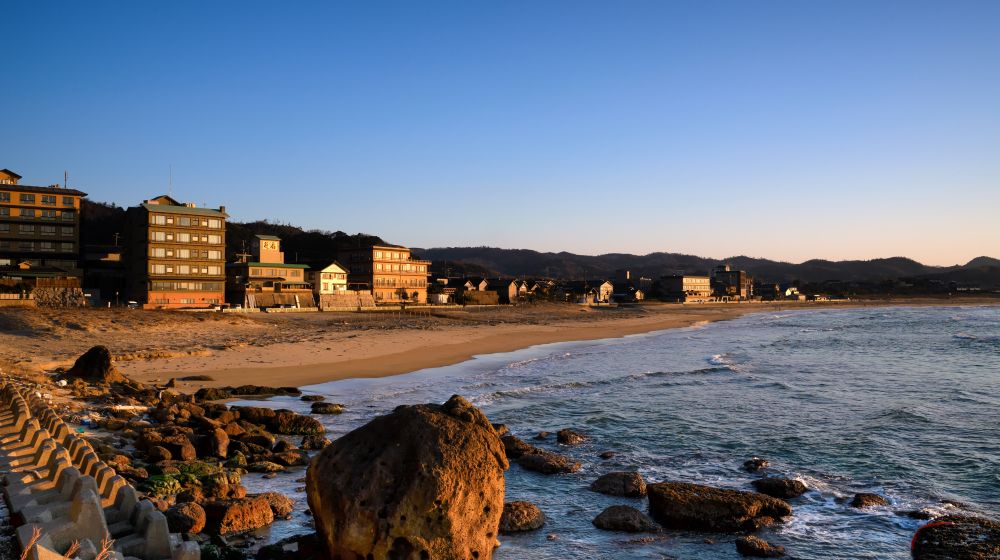
Amanohashidate Onsen
Amanohashidate Onsen is a Onsen resort located in Miyazu City, Kyoto Prefecture.
Amanohashidate, which was selected as one of the Three Scenic Spots of Japan, is also known as a tourist destination representing Kyoto Prefecture and is visited by many tourists from Japan and abroad. Amanohashidate is a 3.2 km long sand spit overgrown with pine trees. The terrain looks like a bridge over the heavens, so it is named Amanohashidate, and its beautiful scenery has attracted many tourists.
Amanohashidate Onsen is a relatively new Onsen that was opened in 1999, and the temperature of the source is 32.2°C. The quality of the spring is a weakly radioactive iron(III)-sodium-chloride spring, and the hot water has some slime and can be expected to have a skin-beautifying effect.
The benefits of Onsens are wide-ranging, including neuralgia, muscle pain, and fatigue recovery. There are many accommodation facilities in the surrounding area overlooking Amanohashidate, so you can spend a blissful time while enjoying the superb view.
In addition, there are many attractive spots around Amanohashidate Onsen, such as Amanohashidate Beach and Kanabiki Waterfalls. Among them, "Kanabiki Waterfalls", which was selected as one of the 100 best waterfalls in Japan only in Kyoto, is very popular, and the waterfall flowing powerfully in the beautiful nature is very attractive.
When you visit Amanohashidate Onsen for sightseeing, you will not only be healed by the Onsens, but you will also be able to experience various things while enjoying the scenery of the four seasons.
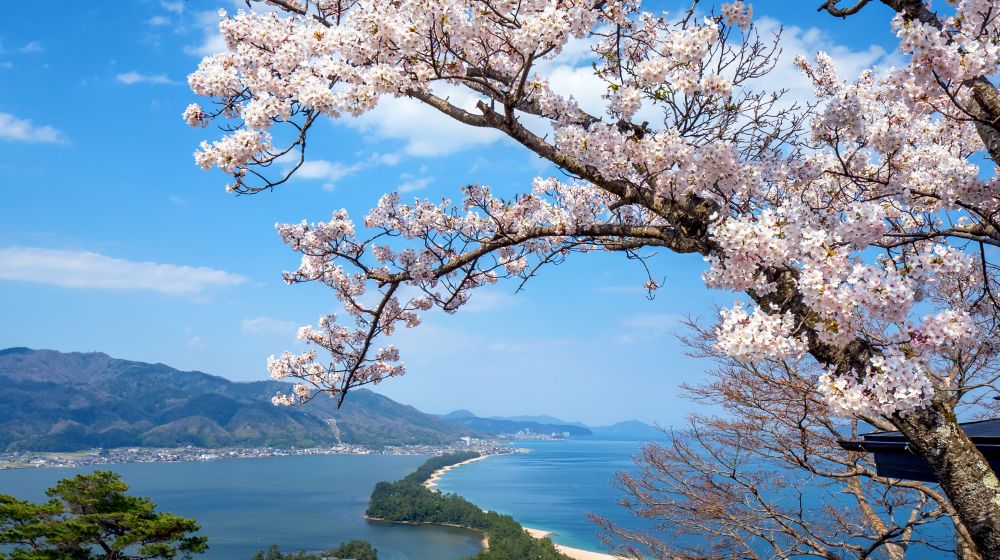
Yunohana Onsen
Yunohana Onsen is located in Kameoka City, Kyoto Prefecture, and is a Onsen resort in a quiet suburb.
The opening of Yunohana Onsen is relatively new, dating back to the Showa 30s, but there is a legend from a long time ago. It is an old legend that during the Warring States period, warlords used to heal wounds inflicted with swords.
In addition, the area of Kameoka is closely related to the famous warlord "Akechi Mitsuhide" in Japan history, and the city where the castle was located has prospered as a castle town.
Yunohana Onsen, which has a long history of history, is located in a quiet suburb but is easily accessible and easy to drop by. The quality of the Onsen is simple and weakly radioactive and colorless and transparent.
The main effects of Onsens are wide-ranging, such as neuralgia, joint pain, sensitivity to cold, chronic digestive diseases, and fatigue recovery. While looking at the rich nature of the suburbs of Kameoka City, you will be able to refresh your body and mind by soaking in the Onsens slowly.
In addition, you can experience Hozugawa River Cruise, which flows around Yunohana Onsen. Hozugawa River Cruise is so popular with tourists that about 300,000 people visit it every year, and you can enjoy the beautiful scenery of red autumn leaves, especially in the autumn season.
In addition, the historic temple “Jinzoji", which was founded in 1230 AD, is lit up according to the cherry blossom season in spring and the autumn foliage season, and you can enjoy a fantastic scenery.
Yunohana Onsen is an attractive Onsen resort with a deep history and beautiful scenery.
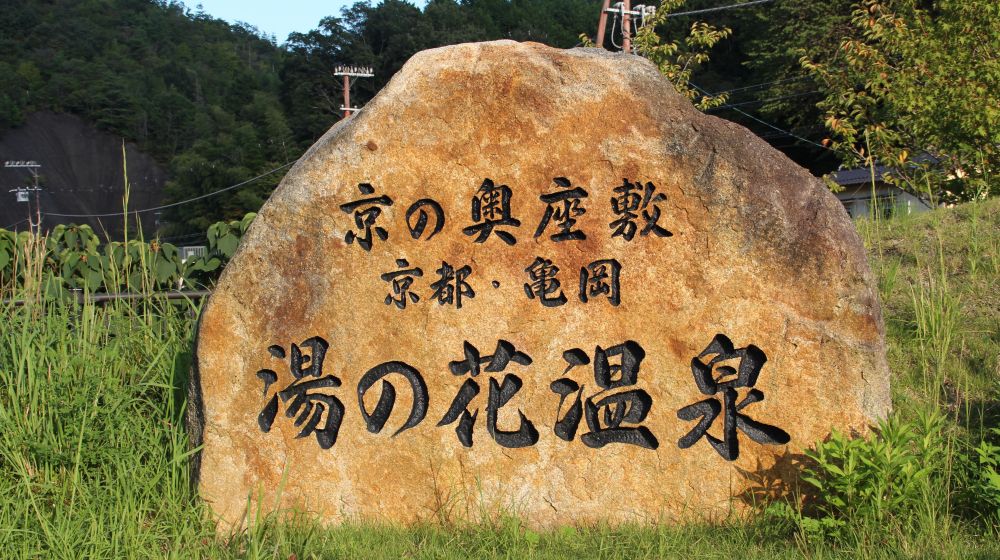
Arashiyama Onsen
Arashiyama Onsen is located in Nishikyo-ku, Kyoto, and Arashiyama is known as one of Kyoto's most popular tourist destinations.
Arashiyama has a long history and was popular as a villa area for aristocrats during the Heian period. Even today, Arashiyama is famous as a villa area and is also known as a place related to the Emperor's family.
The reason why Arashiyama is loved is because of the richness of nature and the beauty of the landscape. Furthermore, in addition to the beautiful scenery, the dignified atmosphere brought about by the historical buildings enhances the dignity of Arashiyama.
Arashiyama has a long history, but Arashiyama Onsen was opened in 2004.
The temperature of the source is 35.2°C, and the quality of the spring is simple Onsen (hypotonic weakly alkaline Onsen). The slightly cloudy and smooth water has a high skin-beautifying effect and warms the body from the core.
The main effects are wide-ranging, such as neuralgia, muscle pain, joint pain, frozen shoulder, chronic digestive diseases, sensitivity to cold, and fatigue recovery. There are many long-established accommodation facilities in the area, and you will be able to fully enjoy the charm of Arashiyama Onsen.
In addition, Arashiyama is one of Kyoto's leading tourist destinations, and there are many attractive spots in the surrounding area. Arashiyama is packed with attractions where you can enjoy sightseeing in Kyoto, such as Tenryuji Temple, where you can enjoy an artistic Japan garden, and Togetsu Bridge, which can be said to be the symbol of Arashiyama.
Arashiyama Onsen will be a sightseeing where you can fully enjoy the charm of Kyoto and refresh yourself from the heart.
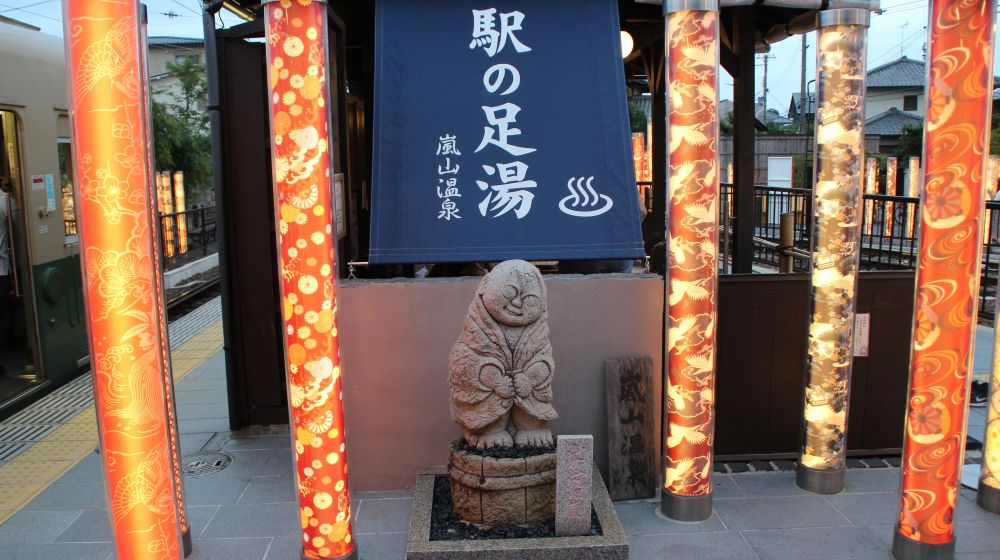
Search by Prefecture
Search by Onsen area
- Hokkaido
- Nagano
- Akita
- Kanagawa
- Yamagata
- Shizuoka
- Gifu
- Hyogo
- Wakayama
- Yamanashi
- Kumamoto
- Oita
- Fukushima
- Tochigi
- Gunma
- Ishikawa
- Shimane
- Ehime
- Saga
- Kagoshima
